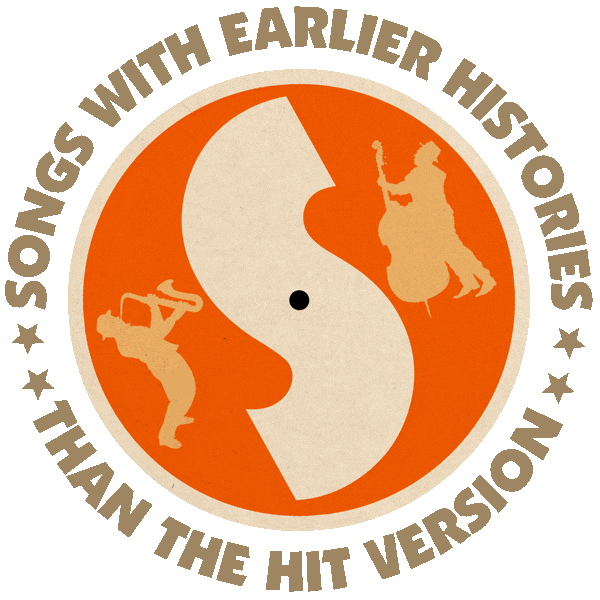Written and first released by Rod McKuen (1964).
Also recorded by The Kingston Trio (1964), Mark Lindsay (1969).
Hit version by Frank Sinatra (US #75/MOR #8/UK #8 1969).
From the wiki: “Rod McKuen wrote over 1,500 songs, including ‘Love’s Been Good to Me’, ‘Seasons in the Sun‘, and ‘Jean‘, which have accounted for the sale of over 100 million records worldwide according to the Associated Press.
“First recorded in 1964 by McKuen, the Kingston Trio covered ‘Love’s Been Good to Me’ the same year for their own album, The Kingston Trio (Nick Bob John). In 1969, Frank Sinatra commissioned an entire album of poems and songs by McKuen. Arranged by Don Costa, it was released under the title A Man Alone: The Words and Music of Rod McKuen. The album featured the song ‘Love’s Been Good to Me’, which then would become one of McKuen’s best-known songs.
“Former Paul Revere & the Raiders lead singer Mark Lindsay would also cover ‘Love’s Been to Me’ in 1969, for his debut solo album, Arizona ”

